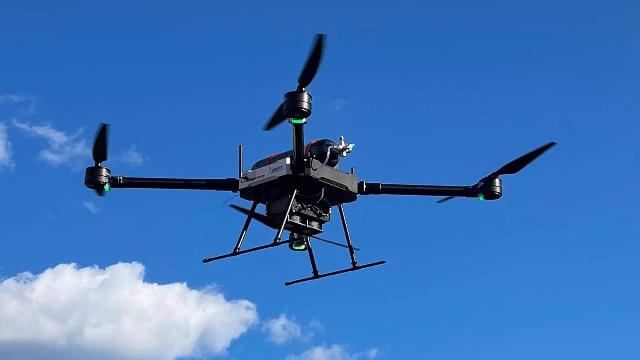The drone was created for reconnaissance behind enemy lines and work in Arctic conditions
A drone using a hydrogen fuel cell as an energy source has been created in Russia. This provides a number of advantages: increased autonomy of UAVs compared to battery-powered energy sources, the ability to operate at low temperatures, and the absence of a thermal footprint, unlike drones with an internal combustion engine. For more information about the new development of Russian specialists, see the Izvestia article.
Observation from above
A hydrogen-powered drone has been created to monitor oil and gas pipelines and power transmission lines. Vladimir Zinoviev, the developer of the MIPT Autonomous Energy Engineering Center, told Izvestia about this.
According to him, the main advantage of such drones is that, unlike devices with an internal combustion engine (ICE), they do not vibrate during flight, which makes it possible to install sensitive equipment. In addition, they do not leave a thermal and fuel trail, which makes their route impossible to track. For example, it is possible to find out where the UAV from the internal combustion engine took off from using spectral analysis, since its fuel trace remains in the air for up to six hours.
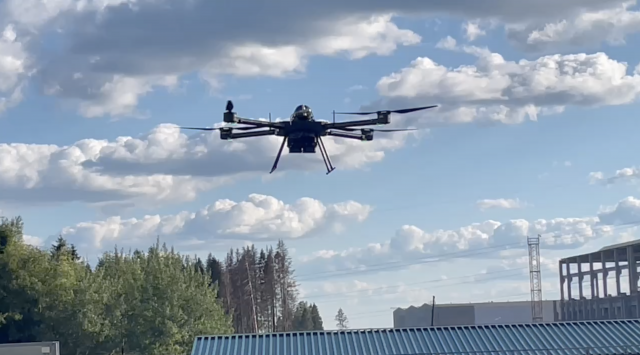
Image source: Photo: Press Center of the MIPT Autonomous Energy Engineering Center
The drone can also be used in a combat zone, a container-type refueling station has been created for it. The station allows filling a fuel cylinder with hydrogen at a pressure of up to 350 bar in less than five minutes.
With full refueling, the UAV can stay in the air for more than two hours. Replacement of pre-filled cylinders can be carried out in no more than 20 seconds, after which the drone is ready to perform the task again. In addition, it can operate at an altitude of over 2 thousand meters. In combination with highly sensitive optics, this makes it an indispensable assistant in intelligence, Vladimir Zinoviev noted.
Hard, but doable
Pipeline protection is now one of the priorities, military expert Yuri Lyamin told Izvestia.
— Drones with such a long flight time are needed, and not only for the inspection of oil and gas pipelines. We have a large country and large spaces that are sparsely populated and where there are no cameras. And there are also important roads and pipelines laid there, which can potentially be subject to sabotage," he explained.
Nikita Danilov, CEO and founder of Fly Drone, an expert on the Aeronet NTI market, told Izvestia, on the one hand, hydrogen is a promising type of fuel. But on the other hand, the creation of infrastructure for mass refueling of drones with hydrogen is a very expensive undertaking.
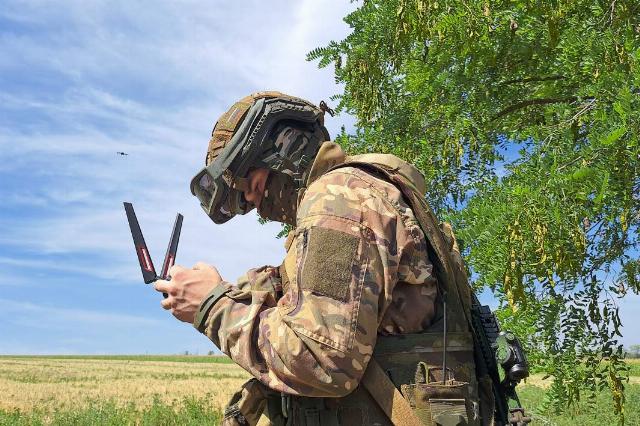
Photo: IZVESTIA/Dmitry Astrakhan
Image source: iz.ru
— Now there is practically no such infrastructure in Russia. In addition, the hydrogen refueling process itself is not so technologically simple and, accordingly, is not safe," he said. — Due to the lack of hydrogen infrastructure, the use of diesel for refueling drones from the point of view of operators will be more affordable and easier for a long time. Also, in this context, you should not discount drones with electric motors, the performance characteristics of which are very competitive and which are very convenient and inexpensive to refuel.
Using hydrogen fuel cells, you can get more autonomy compared to UAVs with conventional batteries. Vadim Istomin, a leading engineer at the NTI Competence Center "Digital Materials Science: New Materials and Substances" at Bauman Moscow State Technical University, told Izvestia about this.
— Also, an additional advantage of using hydrogen fuel cells is their performance at negative temperatures, in which the discharge of batteries occurs almost five times faster. Well, an equally important detail is the fact that the use of hydrogen fuel does not entail harmful emissions into the atmosphere," he noted.
He is not afraid of the cold
Work on the drone began a little less than a year ago.
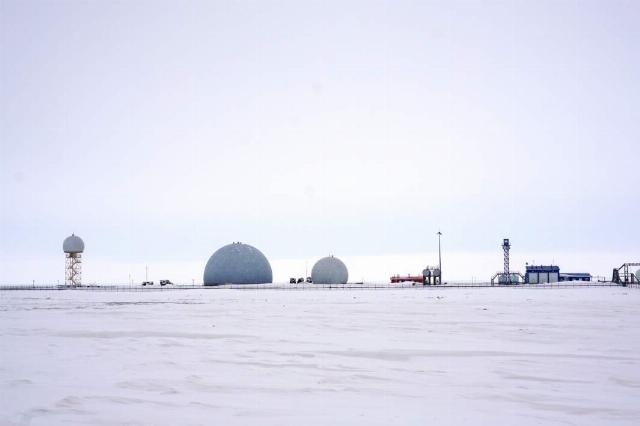
Photo: IZVESTIA/Alexey Ramm
Image source: iz.ru
— Initially, the request was as follows: it is necessary to build a station in the Arctic and create an infrastructure for it. This also means UAVs, so we decided to create a drone powered by hydrogen. This element was chosen because the low temperature affects it only on the positive side. The project itself is aimed at autonomy, and hydrogen acts as a battery here," the developer explained.
Diesel is not suitable as a generator fuel for the Arctic, since it begins to freeze in the cold, and it will need to be constantly heated.
Protection from drones
Now drones play one of the main roles in combat operations. Earlier, Izvestia wrote that anti-ship protection control points are being created at the naval bases of the Russian Navy. They will be used to control the repulse of attacks by air and sea drones.
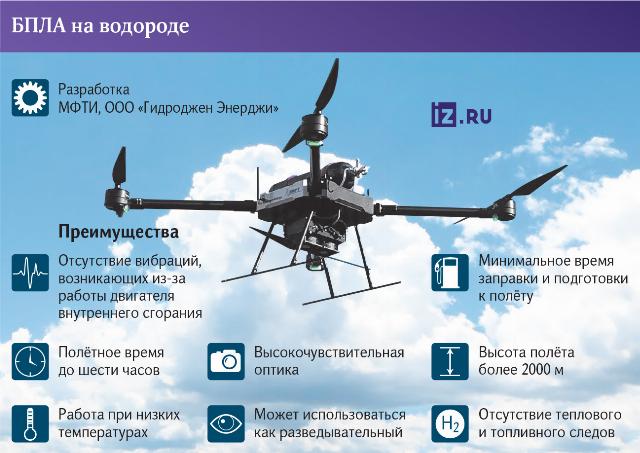
At that time, the Navy had already conducted several exercises to repel attacks by enemy air and sea drones. They were held as part of the combat training program for anti-ship protection, which provides for the development of tasks for the destruction of unmanned boats and UAVs, the interlocutors of the publication said.
Julia Leonova
